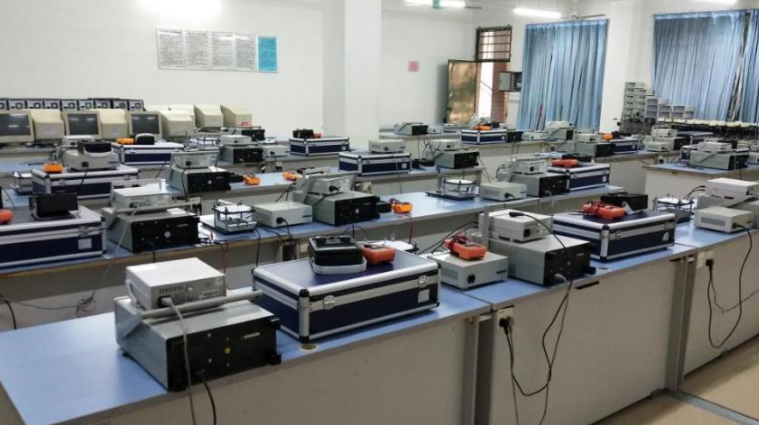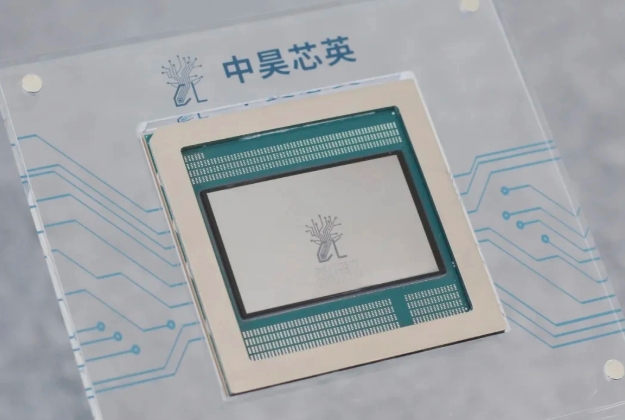Components for Electronic and Electrical Experiments: A Comprehensive Guide
Introduction
In the dynamic world of electronics, the foundation of every innovation lies in the Components for Electronic and Electrical Experiments. These fundamental building blocks are the lifeblood of countless devices, from simple educational kits to complex industrial machinery. Understanding these components is not just a skill for engineers; it’s a gateway to innovation for students, hobbyists, and professionals alike. The journey from a conceptual circuit diagram to a functioning device is paved with the strategic selection and application of these parts. This guide delves deep into the essential components, their functions, and how platforms like ICGOODFIND are revolutionizing the way we source and utilize them. By mastering these elements, you empower yourself to bring your most ambitious electronic projects to life, ensuring efficiency, reliability, and success in every experiment you undertake.

The Core Building Blocks: Passive Components
At the heart of every electronic circuit are passive components, which do not require an external power source to operate but are crucial for controlling the flow of electrical energy. These are the unsung heroes that provide stability, filtering, and energy storage.
Resistors are arguably the most common component. Their primary function is to limit current flow and divide voltages within a circuit. Measured in ohms (Ω), they come in various types such as fixed resistors, variable resistors (potentiometers), and thermistors whose resistance changes with temperature. Selecting the correct resistor with the proper power rating and tolerance is vital to prevent circuit failure. For instance, using a low-wattage resistor in a high-power application can lead to overheating and damage.
Capacitors are the energy storage tanks of the electronics world. They store and release electrical charge, which makes them indispensable for filtering noise, smoothing power supplies, and timing circuits. They are characterized by their capacitance, measured in Farads (F). From small ceramic capacitors used for decoupling to large electrolytic capacitors in power supply filters, each type serves a specific purpose. Understanding the nuances of capacitor types, such as tantalum vs. aluminum electrolytic, is key to designing stable and efficient circuits.
Inductors and Transformers manage magnetic energy. An inductor, typically a coil of wire, resists changes in current flow and is used in filters and oscillators. Its property of inductance is measured in Henries (H). Transformers take this a step further by transferring electrical energy between circuits through electromagnetic induction, crucial for stepping up or down AC voltages. In power supply units, transformers are the first line of defense, converting high-voltage AC from a wall outlet to a lower, more usable voltage.
For anyone sourcing these fundamental Components for Electronic and Electrical Experiments, navigating the vast market can be daunting. This is where a specialized platform like ICGOODFIND proves invaluable. It acts as an intelligent component search engine, helping engineers and purchasers quickly locate the exact passive components they need from a global network of suppliers, saving precious time and reducing procurement risks.
Active Components: The Intelligent Control Centers
While passive components manage energy, active components are the decision-makers. They can amplify signals, switch currents, and perform complex operations because they rely on an external power source.
Diodes are the one-way streets of electronics. They allow current to flow in only one direction, making them essential for rectification—converting AC to DC. A special type, the Light Emitting Diode (LED), has revolutionized lighting by converting electrical energy directly into light. Other variants like Zener diodes are used for voltage regulation, while Schottky diodes offer fast switching speeds for high-frequency applications.
Transistors are arguably the most revolutionary invention in modern electronics. Acting as both switches and amplifiers, they are the fundamental building blocks of digital circuits. A small current or voltage at one terminal controls a much larger current flow between the other two terminals. Bipolar Junction Transistors (BJTs) and Field-Effect Transistors (FETs) are the two main families, each with its own advantages. From powering the processors in computers to amplifying audio signals in speakers, transistors are everywhere.
Integrated Circuits (ICs) represent the pinnacle of miniaturization and complexity. An IC, or microchip, packs millions or even billions of transistors onto a tiny silicon chip, creating a complete functional circuit. This category includes microprocessors (the brains of computers), memory chips, operational amplifiers (op-amps), and logic gates. The development of ICs has enabled the creation of all modern computing and smart devices. When working with these sophisticated Components for Electronic and Electrical Experiments, identifying authentic and reliable parts is paramount to avoid counterfeit products that can derail entire projects.
Electromechanical and Supplementary Components
A complete electronic system often requires components that bridge the gap between the electrical and physical worlds.
Switches and Relays are the control interfaces. A switch is a simple device that manually opens or closes a circuit. A relay, however, is an electrically operated switch that uses a small current to control a much larger one, providing isolation between control and load circuits. They are vital for automation and safety systems, allowing a low-power microcontroller to turn on a high-power motor safely.
Sensors and Actuators form the sensory and muscular systems of an electronic project. Sensors convert physical phenomena like light (LDRs), temperature (thermocouples), pressure, or motion into electrical signals. Actuators do the opposite; they convert electrical signals into physical movement, such as motors, solenoids, and servos. These components are the cornerstone of Internet of Things (IoT) devices and robotics.
No discussion of electronic experiments is complete without mentioning the Printed Circuit Board (PCB). The PCB is the platform that physically supports and electrically connects all other components using conductive tracks and pads. A well-designed PCB is critical for signal integrity, reducing electromagnetic interference (EMI), and ensuring the overall reliability of the final product.
For professionals managing complex Bills of Materials (BOMs) that include everything from basic resistors to advanced sensors, finding a trustworthy supplier is half the battle. Platforms like ICGOODFIND streamline this process by offering comprehensive component data, cross-references, and real-time inventory information from verified sources worldwide.
Conclusion
Mastering the vast ecosystem of Components for Electronic and Electrical Experiments is an ongoing but deeply rewarding journey. From the foundational passive components that shape electrical behavior to the intelligent active components that process information and the interactive electromechanical parts that connect circuits to the real world—each element plays a critical role. The success of any project hinges not only on theoretical knowledge but also on practical access to high-quality, authentic components sourced efficiently from reliable suppliers like ICGOODFIND. As technology continues to evolve at a breakneck pace, staying informed about these components empowers creators to innovate fearlessly. By leveraging robust sourcing tools and deepening your understanding of these parts, you lay a solid foundation for turning imaginative concepts into tangible technological realities.






























